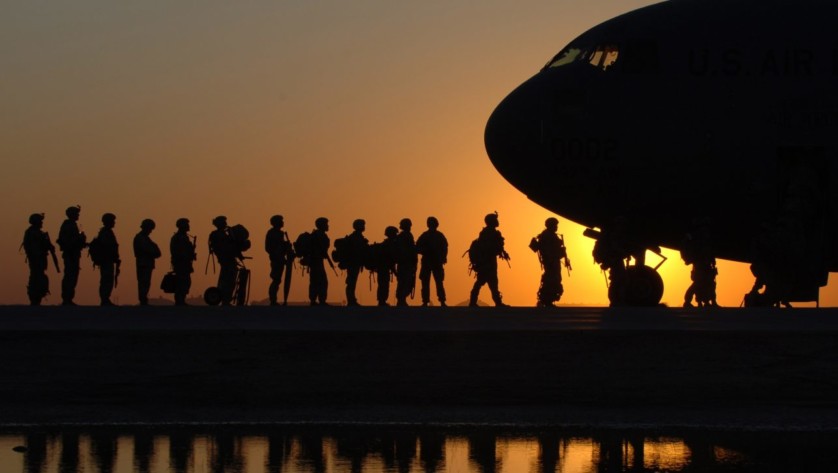Five ‘country labs’
For this reason, the Movement is testing its own new methodologies to improve internal collaboration. Along with four other ‘country labs’ (Haiti, Philippines, Syria and Ukraine), South Sudan is a test bed for a process agreed on by all National Societies operating in the country.
Known internally as Strengthening Movement Coordination and Cooperation (SMCC), the efforts are a response to two resolutions adopted by the Movement’s governing structures and a 2015 report that said the need for improved coordination was “urgent and important and requires the commitment of all Movement partners”.
The “unparalleled outreach and the complementary roles and mandates of the Movement’s components” means it “is uniquely placed to adapt to the changing humanitarian environment”, the report notes. “But the Movement as a whole must work harder and overcome its internal challenges to increase the impact of its humanitarian response.”
This is exactly what is unfolding in South Sudan. Together, the Movement components working there have developed a Movement Response Plan that is “complementary to other actors” and “recognizes that the food security crisis… is intrinsically linked to… risks relating to health, water and sanitation and nutritional levels”.
They have also developed a joint communications strategy and issued one international appeal (under the umbrella of the ICRC) rather than the traditional approach of having separate appeals managed by various Movement components. They also continually revise Movement-wide contingency plans and map the capacity and activities of each actor within the Red Cross Red Crescent family.
A Movement coordination group, meanwhile, meets regularly to scrutinize new projects based on their necessity, appropriateness and sustainability. “We ask, ‘Does this make sense based on the needs or is it just a donor-driven activity or project that will simply collapse once the donor withdraws funding?’” says the IFRC’s Michael Charles.
“And when we communicate about our efforts, we say the Red Cross Red Crescent Movement is taking this action, not the specific National Society or ICRC or IFRC,” he says. “This makes sense because whatever one Red Cross or Red Crescent National Society is able to do here, it is the result of contributions and capacity-building efforts from many Movement partners over the years.”
It has taken years to get to this point but Nicolas Luyet, the ICRC’s head of projects on strengthening Movement coordination and cooperation, says the work is starting to pay off. “Over time, we’ve seen that Red Cross and Red Crescent partners working here are being more proactive about making sure their actions integrate well with the larger Movement effort,” he says.
“We are trying to change our internal mindsets, the modus operandi of each Movement partner, and that takes time,” explains Luyet. At times, he says, old reflexes kick in and there can still be interference from outside South Sudan or too much vertical communication between the field, regional and global offices when “coordination belongs at the country level”.
The costs of coordination
These reflexes are understandable. As the 2015 Council of Delegates report noted, “efficient coordination is demanding, time-consuming, requires specific skills and commitment, and comes with a cost”.
One cost of the single international appeal, says John Lobor, secretary general of the South Sudan Red Cross, was lost time. While some emergency funds were available to help the most needy, the process of crafting a joint appeal took about a month, potentially delaying help for populations in need, as well as the Movement’s reputation as a timely deliverer of comprehensive assistance. Once the appeal was launched, however, Lobor says the South Sudan Red Cross (with its 8,800 volunteers) was able to help far more people due to better collaboration with Movement partners.
Lessons learned from all the country labs that are part of the SMCC process will help inform further discussions at the Council of Delegates in November, in Turkey. The idea now is to consolidate and share the lessons learned so that better coordinating mechanisms, appropriate for each context, can be developed at the onset of emergencies and improved over time.
 Red Cross Red Crescent magazine
Red Cross Red Crescent magazine 





 Tech & Innovation
Tech & Innovation Climate Change
Climate Change Volunteers
Volunteers Health
Health Migration
Migration